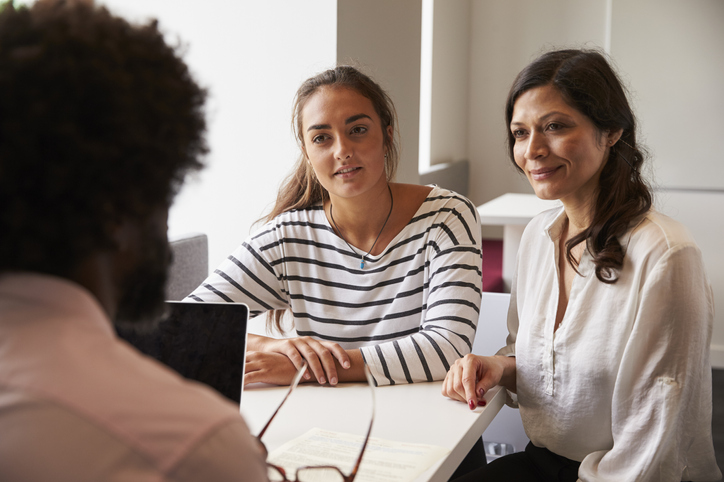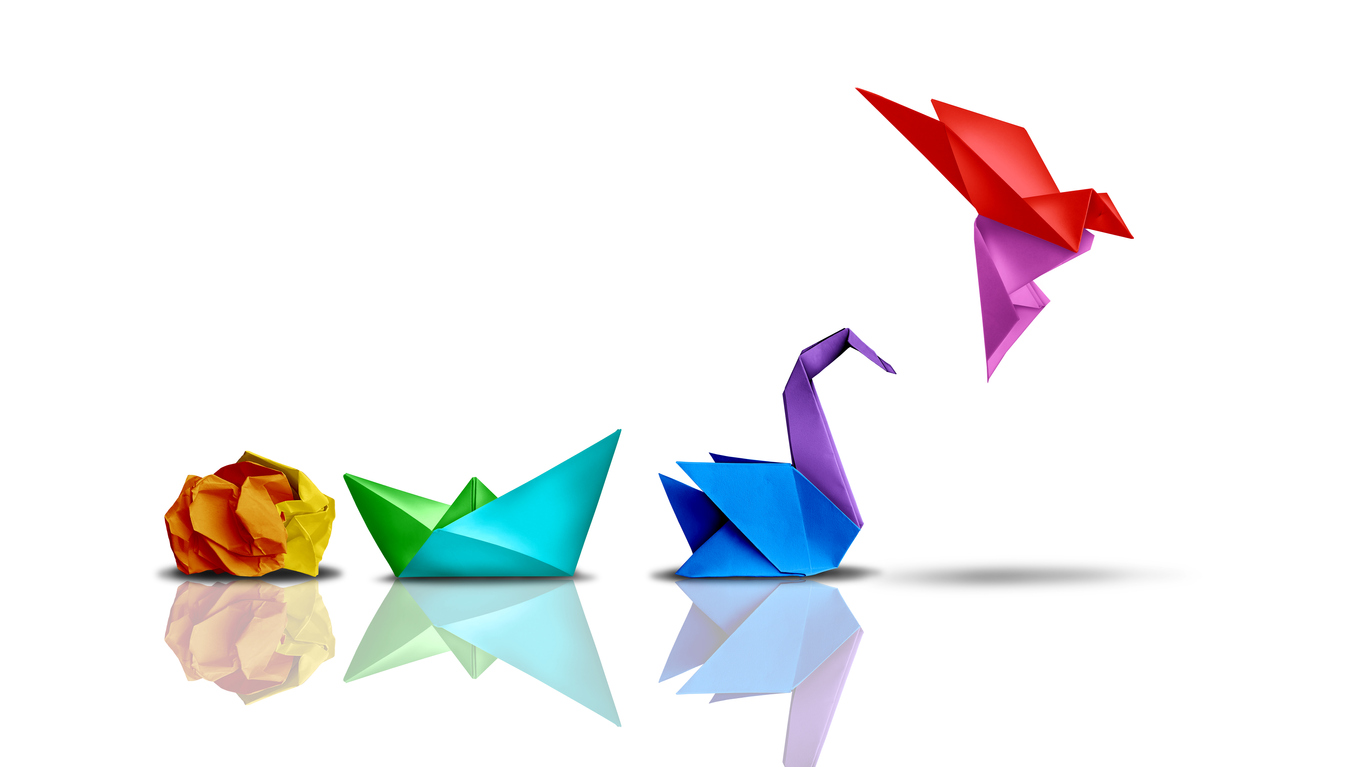Counselling activity: Career Exploration Day
Career Exploration Day is a classroom activity designed to help students fuse multiple academic subjects into different professions

Career Exploration Day is a counselling technique designed to immerse students in the multidisciplinary nature of contemporary careers – helping them fuse subjects into professions.
Students randomly select two subjects taught in school, research a profession that blends these subjects, and then collaborate to create a project related to the chosen career. The highlight is the evaluation of the projects by professionals in the field, fostering a deeper understanding of the practical applications of academic knowledge.
What does Career Exploration Day involve?
Step 1: Subject lottery
Students randomly select two subjects from the school’s curriculum. We can also mix in extracurricular activities, such as dance, music or sport.
Step 2: Research and identify profession
Based on the chosen subjects, students research and identify a profession that integrates their two curriculum areas. So, for example, students who select art and physics as their subjects might identify architecture as a profession that combines both. Try to encourage exploration beyond traditional career paths.
Step 3: Invite in relevant speakers
Once students have chosen their professions, you can invite professionals from those careers into school to share their insights.
Step 4: Project development
Students collaborate to build a project related to their chosen profession. So they might develop a presentation, write a play or create a model that represents daily life or challenges in the selected career. Last year, some of my students staged a play about the daily life of a judge in court.
Step 5: Career Exploration Day presentation
Students present their projects to peers, faculty and invited professionals. This could involve live performances, demonstrations or interactive displays.
Step 6: Professional evaluation
Professionals in the chosen field evaluate and provide feedback on the projects. This interaction enhances students’ understanding of industry expectations and real-world applications.
Step 7: Reflection and discussion
After the presentations, conduct a reflection session where students discuss what they learned, what surprised them and how this new knowledge affects their understanding of their career possibilities.
Benefits for students
Hands-on learning: Engages students in practical, hands-on projects related to different professions.
Real-world insights: Allows students to receive direct feedback from professionals in their field of interest.
Collaborative skills: Fosters teamwork and collaborative problem-solving among students.
Career exploration: Encourages students to think creatively about how academic subjects can combine for a range of diverse careers.
Real-world application: Connects academic subjects to practical, real-world careers.
Multidisciplinary awareness: Highlights the multidisciplinary nature of contemporary careers.
Ways in which the activity can be personalised
Flexibility in subject selection: Adapt the activity to suit the school’s curriculum, ensuring a broad array of subjects for students to select.
Faculty collaboration: Foster collaboration with faculty members to ensure relevant and knowledgeable speakers for each chosen profession.
Industry connections: Establish partnerships with professionals and industry experts to ensure a diverse range of evaluators for the projects.
Digital platforms: If physical presence is a challenge, consider using virtual platforms for both presentations and professional evaluations.
Regular implementation: Make Career Exploration Day a recurring event, so as to continually expose students to different multidisciplinary professions.



